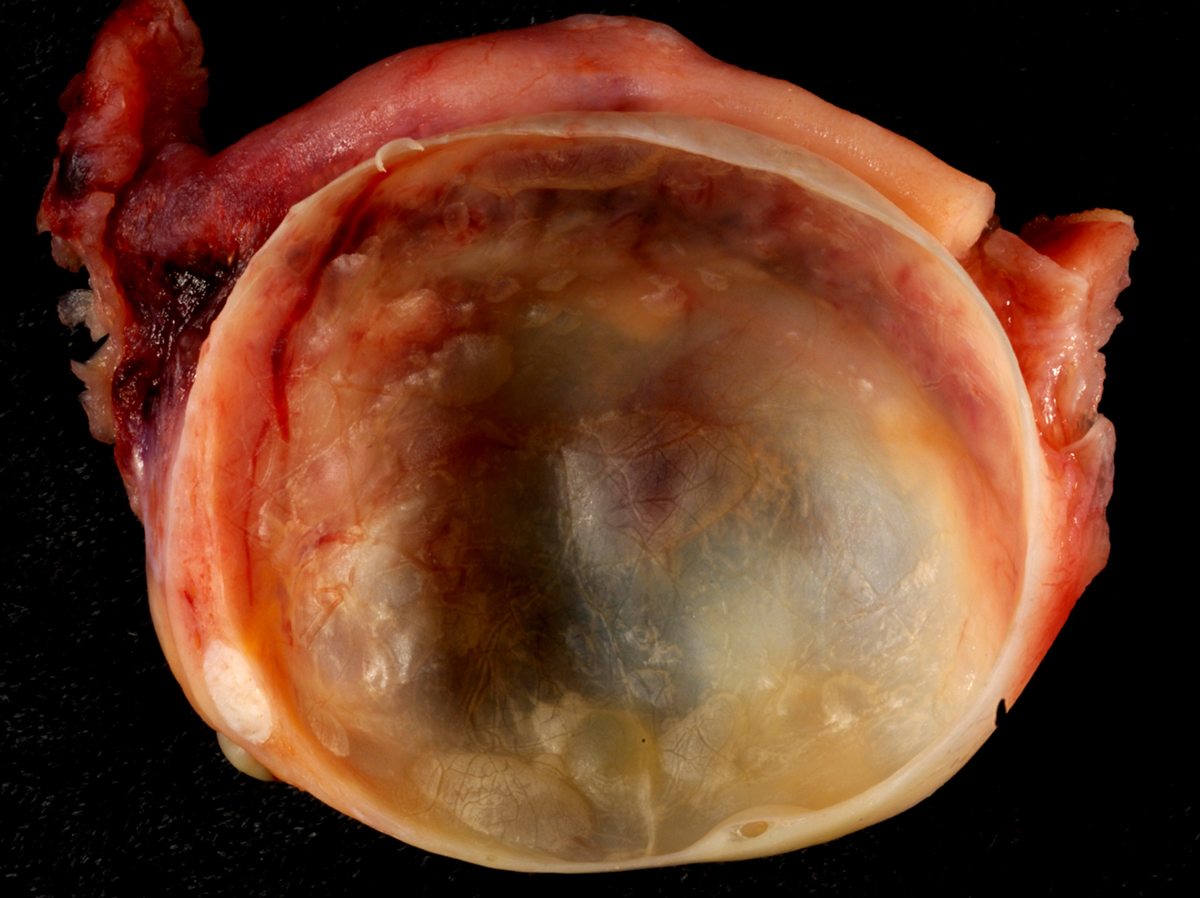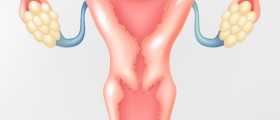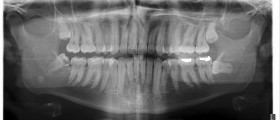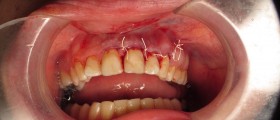
Ovarian cyst is a condition that occurs in young women who are ready for childbearing. It is a disorder marked by the forming of fluid-filled sacs that grow in the woman’s ovaries. These growths are, in the majority of cases, benign. However, although benign they usually cause pain in the abdomen, as well as some other symptoms. Rarely, ovarian cancer is developed from these cysts.
In most cases, an ovarian cyst develops during ovulation. Ovulation is the time when one of the ovarian follicles releases an egg. Sometimes, it happens that the egg is not released, but it is stuck and over time, it develops into a cyst. On the other hand, it may also happen that the levels of the female hormone estrogen do not return to the normal after the ovulation, thus causing a fluid filled sac to form.
Symptoms of painful ovarian cyst
In most cases, women do not notice that they have a cyst, but they discover that when they go to a regular check up. However, there are several symptoms that may warn a woman about the presence of ovarian cyst. The most common symptoms of this condition are pelvic pain or pain in the lower part of the abdomen. This pain usually tends to spread to the upper tight and lower back. Women with ovarian cysts may experience irregular menstruations, which can be also excessive and very painful. Other symptoms of this condition are bloating and frequent urination.
Many cysts tend to disappear alone, but there are cases when they must be removed by a surgery. It is not a complicated type of surgery and recovery time is short. Nevertheless, it is extremely important to go to a doctor when the above-mentioned symptoms are accompanied by fever and vomiting, as well as by excessive swelling of the abdomen and excessive free floating fluid in the uterus.
Types of ovarian cysts
Ovarian cysts can be divided into two classes: functional ovarian cysts and complex ovarian cysts. Functional ovarian cysts are cysts that are filled with fluid, although sometimes they can be filled with mucus or blood. These cysts are not painful in most cases, unless they burst. On the other hand, complex cysts are not fluid-filled, but they are of solid mass. In the majority of cases, they are benign and harmless but unlike the functional ovarian cysts that usually go away by themselves, these complex ovarian cysts require surgical intervention for their removal.

















Your thoughts on this
Loading...